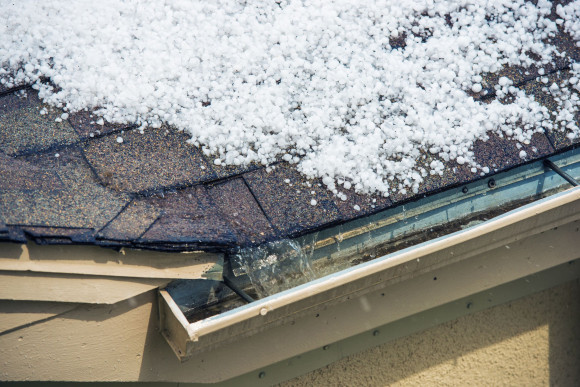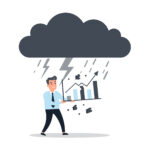By the end of 2008, the Texas residual market for insuring seacoast properties for wind and hail figured it had enough resources available to pay claims for both Hurricane Ike and Hurricane Dolly that hit the Texas coast that year.
That was before the Texas Windstorm Insurance Association was inundated numerous large class-action lawsuits over its handling of Ike and Dolly claims. The cost of those lawsuits ran into the hundreds of millions of dollars and forced TWIA into a precarious financial situation.
In response to TWIA’s many troubles, the Texas Legislature in 2011 passed a reform measure, House Bill 3, which, among other things, limited the time frame in which claims litigation may be brought against the association and the extent of damages that may be awarded.
As the potential for more TWIA Ike claim litigation started winding down, enterprising plaintiffs’ attorneys started looking to the state’s inevitable and frequent hail storms for opportunities to increase payouts and initiate claims litigation, insurance industry professionals say.
In response, the industry is pressing for TWIA-like claims limitation legislation during this legislative session to address the problem of “long tail” hail claims resulting from what they say is questionable litigation and the aggressive actions of public adjusters.
Hail Aplenty
Texas notoriously experiences some of the most extreme weather events – including hailstorms – in the United States year after year.
“Texas leads the nation in the number of hail events experienced each year. In 2013, that number was 651, nearly 150 more than Kansas, the second most-afflicted state. Since 2000, Texas has been home to 20 percent of the nation’s hail claim losses,” wrote Ian Adams with Right Street Blog in an Oct. 2, 2014, post on Insurance Journal.
In the past few years, communities across the state have been hit with hail storms of significant size and corresponding losses.
A massive hailstorm in Amarillo in May 2013 covered 75 percent of the city and resulted in $500 million in insured losses, according to the Insurance Council of Texas.
Hailstorms in 2014 in Alice, in South Texas, and in Denton and Abilene in the north, racked up losses in the hundreds of millions of dollars in each of those locations.
Hidalgo County in the Rio Grande Valley was also hit with a major hailstorm last year.
And claims amounts keep climbing, largely due to litigation, insurance professionals say.
On average, the percent of hail claims that turn into lawsuits is 2 percent, according to Mark Hanna, a spokesman for the Insurance Council of Texas.
“In Hidalgo County, it became 40 percent,” Hanna said in an email to Insurance Journal.
A similar situation has developed following significant hailstorms in North Texas.
Tort reform advocacy groups and the insurance industry have been working on potential legislation to address the growing problem of property loss litigation, according to Lee Loftis, government affairs director for the Independent Insurance Agents of Texas.
“The IIAT has been working with the Texans for Lawsuit Reform, the Texas Civil Justice League and Citizens Against Lawsuit Abuse for over a year now,” Loftis said during a presentation at the IIAT’s Joe E. Vincent Management Seminar in Austin in late January.
While the insurance industry has been involved, the advocacy groups will be the ones to take the lead in this legislation, Loftis said. Similarly, Texans for Lawsuit Reform and other groups led the push for medical malpractice lawsuit reform legislation that capped the amount of jury awards for noneconomic damages.
“What we are trying to do is make sure they understand the urgency of it and get them the information that they need to move forward,” Loftis said.
He added that to his knowledge a bill had not been filed yet but that the process was moving in that direction.
Loftis said many IIAT member agents in the affected areas have communicated to the association that “public adjusters are as big a problem” as litigators.
Whether are not to address the activities of public adjusters in any proposed legislation is being discussed, he said.
“Don’t know whether it will happen or not,” Loftis said.
Topics Lawsuits Catastrophe Trends Texas Legislation Claims Agribusiness Property Market
Was this article valuable?
Here are more articles you may enjoy.



 Be Recognized as a Best Agency to Work For: Submit Now
Be Recognized as a Best Agency to Work For: Submit Now  The Year So Far: Liberty Mutual Improves Most Among Nationals; Discipline Tested
The Year So Far: Liberty Mutual Improves Most Among Nationals; Discipline Tested  Neptune Insurance Files for IPO. Executive Compensation Not Remarkable This Time
Neptune Insurance Files for IPO. Executive Compensation Not Remarkable This Time  Farmers Insurance Data Breach Could Impact More Than a Million Customers
Farmers Insurance Data Breach Could Impact More Than a Million Customers 


